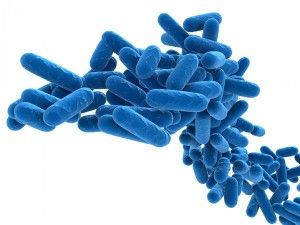

Legionella is topping the list of considerations when specifying pipework systems for hot water networks, according to new research from Durapipe UK.
Eighty six per cent of contractors and consultants questioned by Durapipe stated that ‘preventing the risk of Legionella developing in pipework systems’ is a major factor in the specification decision.
The issue hit the headlines once again last month following the outcome of an investigation into the 2012 Legionnaires disease outbreak in Edinburgh. With sanitary hot water and air conditioning circuits most at risk of contamination from Legionella bacteria, it seems the pipework systems that serve these applications are being assessed for their suitability to limit bacteria growth.
Now a major priority, almost half (48%) of those questioned revealed that they always look at a pipework’s credentials for limiting Legionella bacteria growth, while 38% advised it is a consideration for relevant applications.
Further demonstrating the importance that this issue holds, just six per cent of respondents admitted it is not something that is usually thought about when selecting pipework products.
Durapipe’s building services brand manager, Des Dolan, said: “It is positive to see so many people thinking about the impact of Legionella bacteria developing in pipework systems and looking to products that can limit this growth.
“As we have seen in recent years, Legionnaires disease is a very real risk and it is important to protect the public as much as possible from this threat. By specifying pipe solutions that can slow the process of bacterial growth, contractors and consultants can be confident they have installed a water or air conditioning system that is safe to use.”
Durapipe has questioned more than 500 building services contractors and consultants to find out what the current priorities are when specifying building products for building services applications.
